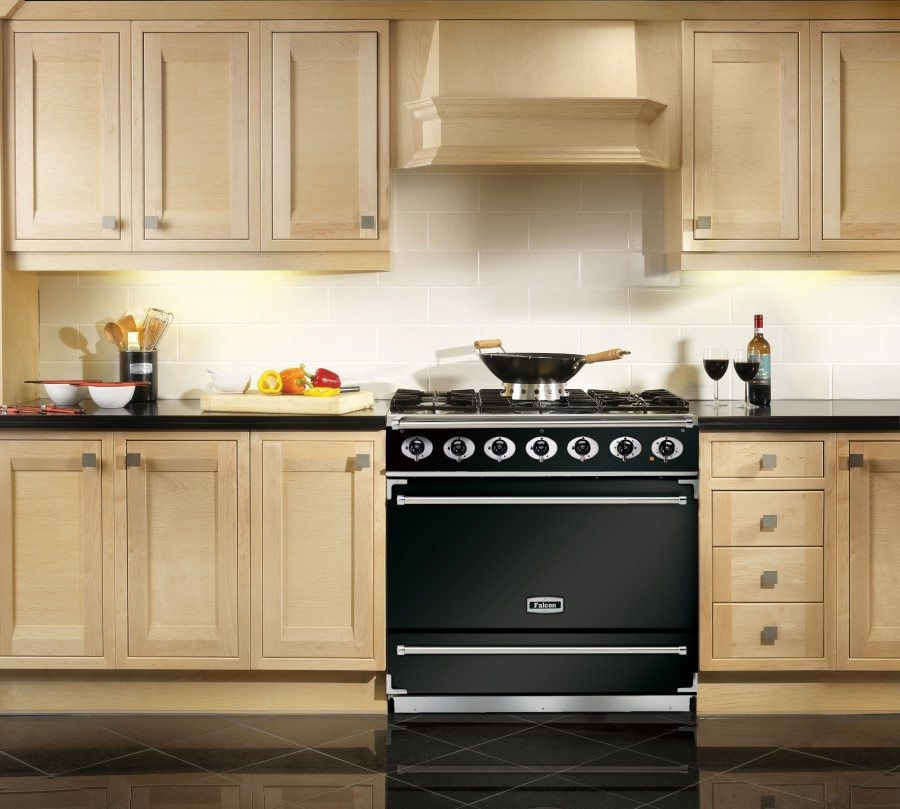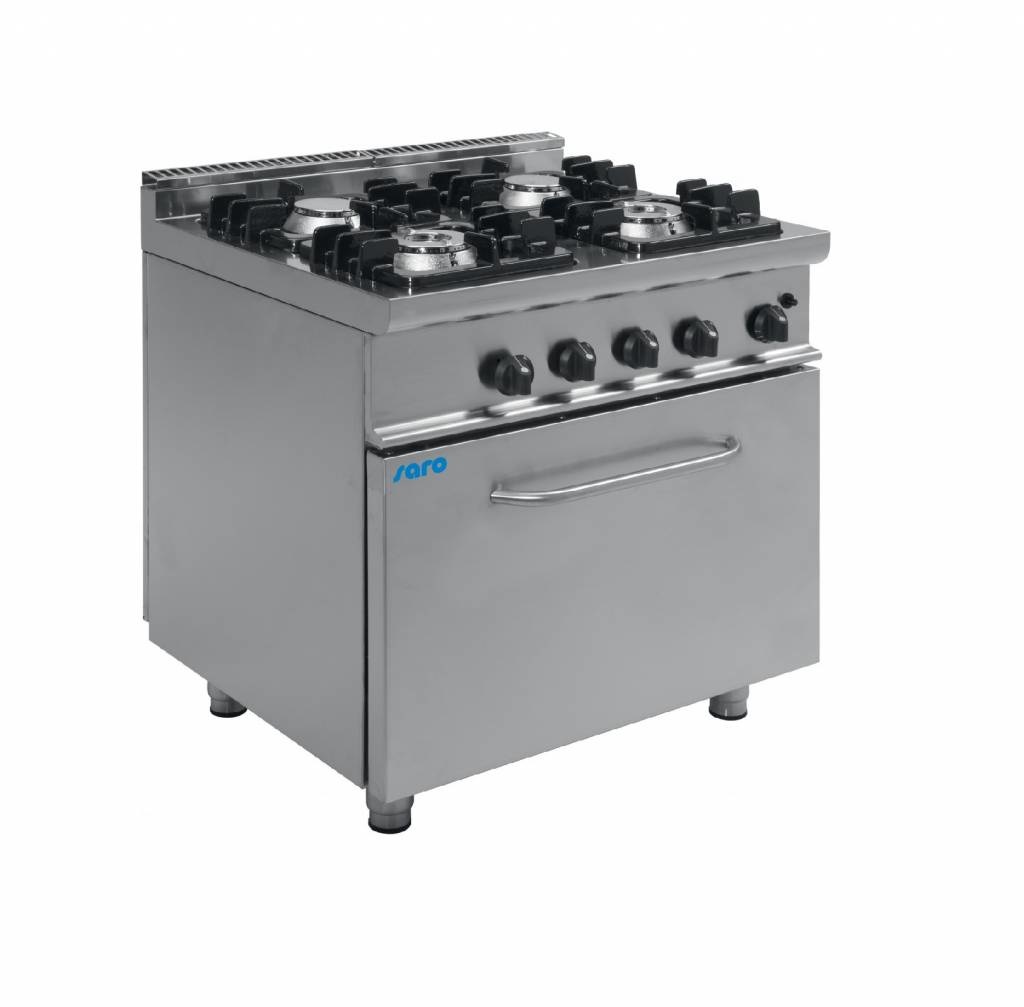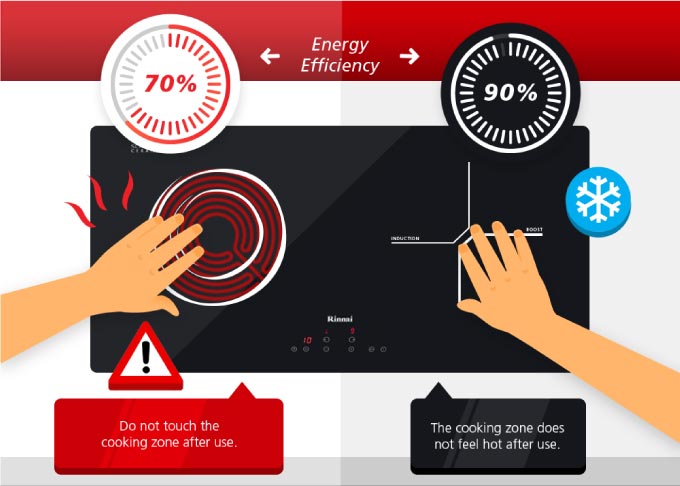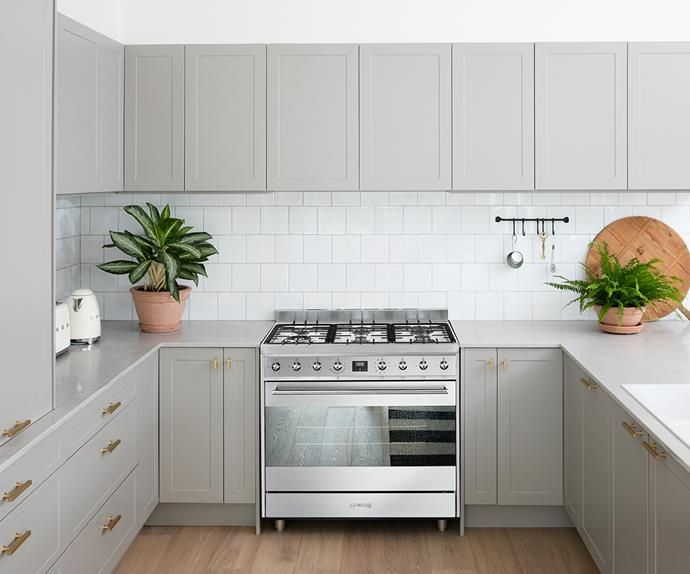this article will tell you in detail about available Types of cookers. The cooker made its appearance at the beginning of the 19th century. The first stoves are gas. In France, it was in 1934, thanks to the competition launched by Gaz de France for the creation of a specific model of cooker that the Gazinière was born. It was presented at the Salon des Arts Ménagers in 1935.

There are 5 types of cookers.
Types of cookers: The gas stove
Often composed of 4 gas burners, these stoves are appreciated because they allow an increase but also a decrease in heat quickly. In order to function, it is necessary to supply them either through a gas cylinder, or through a direct connection to domestic gas. Please note that gas cookers only have a gas oven. If the desire is for a gas cooking but an electric oven, it is necessary to turn to a combi cooker Advantages: this type of cooker is quite easy to use and makes it possible to check and readjust visually, instantly and with precision the cooking temperature. Inexpensive system.

Types of cookers:The electric cooker
Composed of 4 electric hobs: cast iron hobs housing an electric resistance. Cleaning this type of cooker is a little more difficult than the others, and the element cooling time is slightly longer Advantages: Easy to use and install. Ideal for limited budgets.
Types of cookers:The mixed cooker
Stove combining gas and electricity for both the hotplates and the oven. It therefore offers the advantages of gas cooking without having to give up those of the electric oven. In terms of cooking, it is possible to have the following combination of 2 or 3 gas burners accompanied by 1 or 2 electric hobs. On this type of stove you can find two types of ovens: traditional convection oven or even multifunction oven Advantages: that of the classic stove but also of the electric stove. A technological breakthrough will shake up and change the market for cookers, it is the vitroceramic or induction cooker. On this type of stove, only the cooking surface does not change. Below is an explanation of the vitroceramic and Induction.
Vitroceramic
Heating system using radiators (heating by radiation) or halogens (heating by successive pulses) which heat under a glass plate. Advantage: Rapid rise in temperature. Please note this type of heating requires cast iron, enamelled steel or special stainless steel containers.
Induction
Extremely precise cooking system, based on the principle of magnetic fields created by a coil supplied by a generator. A metal container placed in this magnetic field is crossed by currents and heats up. Advantages: Only the container heats up, it is this which transmits the heat to its contents. The top of the table stays cool, except under the container by residual heat. The temperature rise is almost instantaneous and very precise. Allows simmering by reaching ultra-low heating temperatures. Low energy consuming system (around 30% less than glass ceramic.)

Types of cookers:Cooking pianos
Originally intended for professionals, cooking pianos have become more democratic and are particularly appreciated by gourmets and large families. The large-width cooking pianos or cookers allow you to cook, cook, simmer large pieces, and this thanks to a multitude of accessories available such as the work stand, plancha. Commonly equipped with large capacity multiple ovens, they allow you to cook a dish simultaneously. Frequently equipped with a fifth central gas burner, it is also found with electric, vitro or induction cooking modes.






